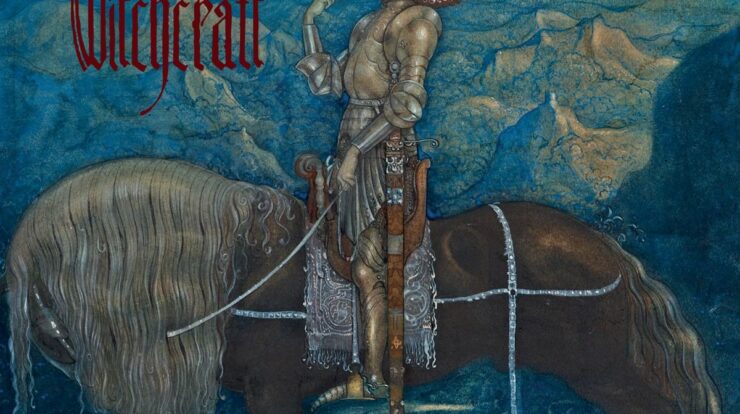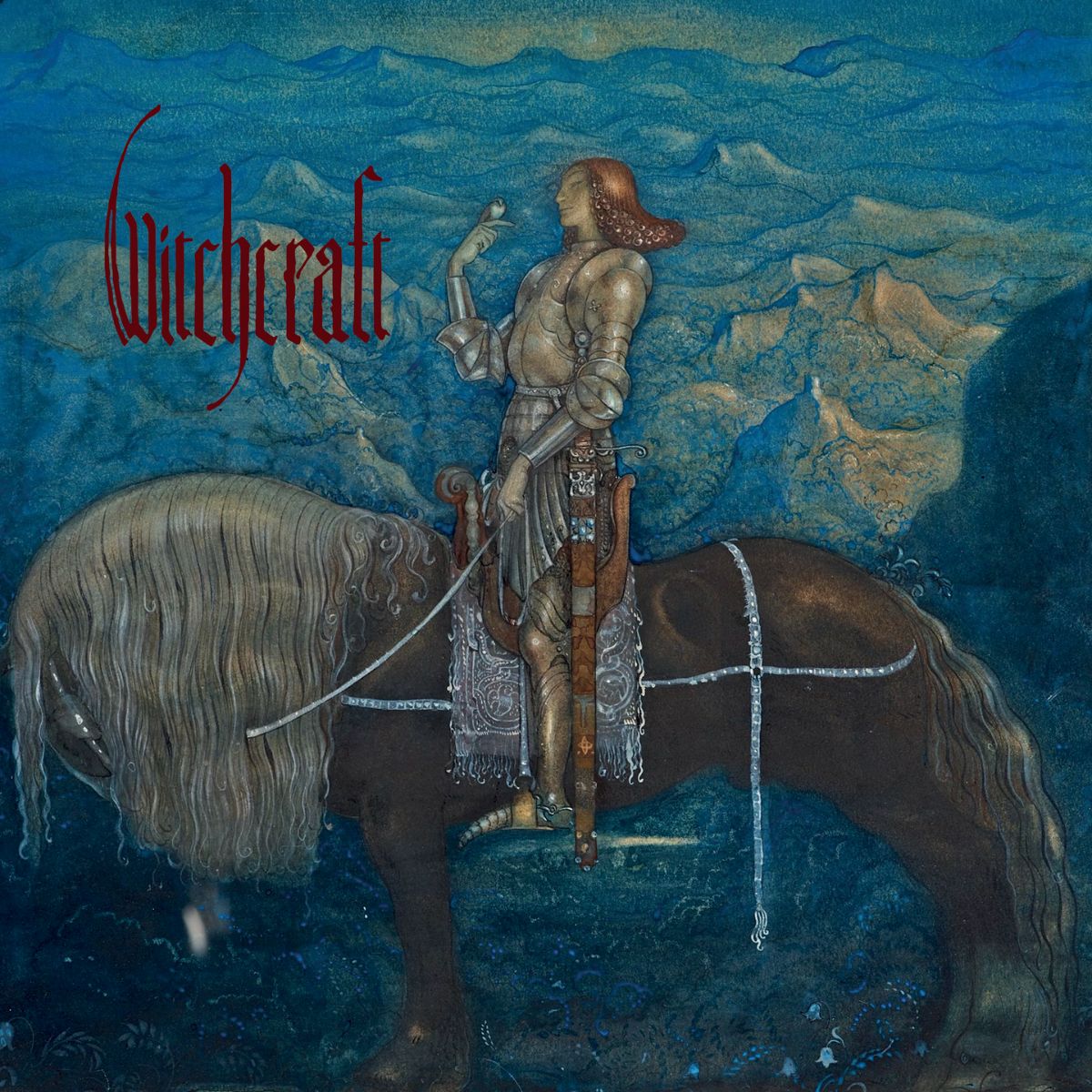
This post was originally published on this site
WITCHCRAFT have had an interesting career. While starting as part of the occult rock revival in the 00’s (along with the likes of GRAVEYARD and ORCHID, amongst others) WITCHCRAFT quickly became something else. Purists argue that their first three albums are “the” WITCHCRAFT albums, with their Nuclear Blast debut Legend being unfairly overlooked for having cleaner production and (some would argue) losing what made those initial releases special. Their releases since then have been even stranger, varying in styles continuously and suffering from near constant lineup changes that saw frontman and founder Magnus Pelander as the sole member for their last release, an acoustic album curiously titled Black Metal. Now, five years after that last solo pandemic outing and with a new line-up, they return to their roots with IDAG.
A main point of difference for this record that’s obvious from the outset is the use of their native Swedish tongue on the opening title track, IDAG. This isn’t a permanent feature of the album, with Swedish taking roughly half of the vocal output and English forming the rest, but they are truly onto something with its inclusion. For a genre that’s built around imagery of forest and rituals, a Scandinavian tongue adds a layer of authenticity to the proceeding.
The title track itself works perfectly as an opener and a mission statement – this isn’t another acoustic effort like Black Metal, or a foray into the fuzzier experimental side of psychedelic rock like Nucleus was at times. This is a classic WITCHCRAFT album – albeit with a new twist. The opening few tracks continue along a similar vein, with distorted guitar and bass churning underneath Pelander’s vocals and the occasional Iommi-esque riff thrown in for good measure. Comparing occult-rock to BLACK SABBATH is of course redundant, but the opening of tracks like Drömmar Av Is and Burning Cross feel like they are straight off of Masters Of Reality.
Speaking of Burning Cross, this track marks the beginning of the English being used, as well as the second half of the album. It’s an interesting choice, if only for its lack of fanfare. There isn’t an obvious logic behind the change, and the music still sounds largely similar – the only dividing point is the language change. This isn’t a negative as such, or a positive really. It’s just curious – but so is IDAG.
The back half of the album continues to impress, with the chorus and bridge of Irreligious Flamboyant Flame being a highlight of the album. Christmas is a solo effort from Pelander (of which there are a few on the album), but it’s deeply unsettling tone and dark lyrics grab your attention like no other track on the album does. The album closes on a final short Swedish track, Om Du Vill (Slight Return), which harkens back to the earlier track of the same name and rounds off this record neatly.
After some releases that turned some heads, a new WITCHCRAFT in 2025 might not elicit the same thrill as it might have in the mid/late 00s. Thankfully – and very surprisingly – their new album IDAG is one of the most interesting releases of their career so far, feeling different enough to not just bait fans of their first few albums in an attempt to gain favour, while retaining enough of that initial intrigue and scrappiness to recapture that original magic.
Rating: 8/10

IDAG is out now via Heavy Psych Sounds.
Like WITCHCRAFT on Facebook.
The post ALBUM REVIEW: IDAG – Witchcraft appeared first on Distorted Sound Magazine.


